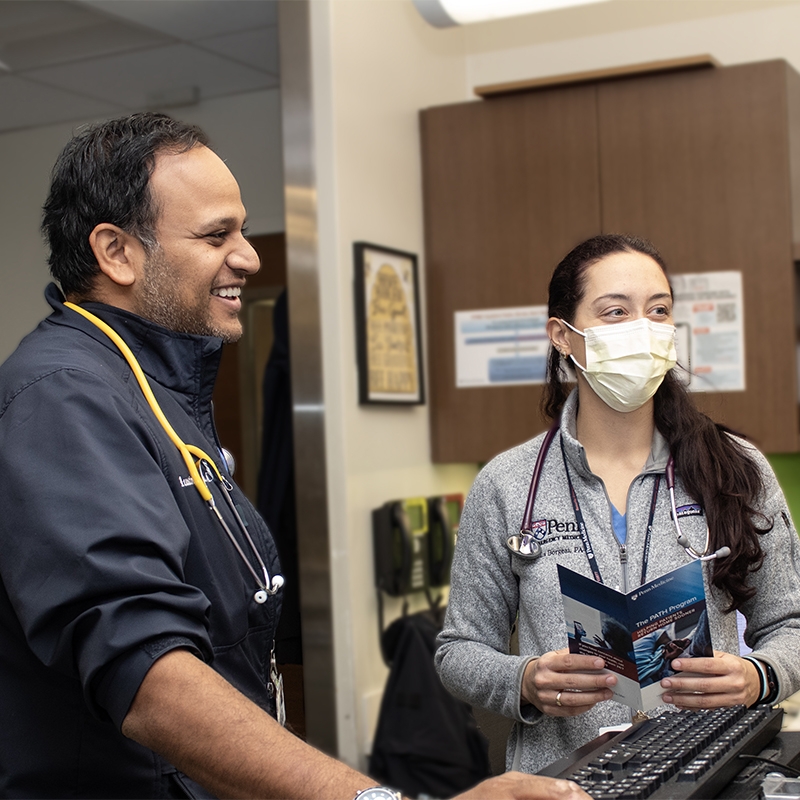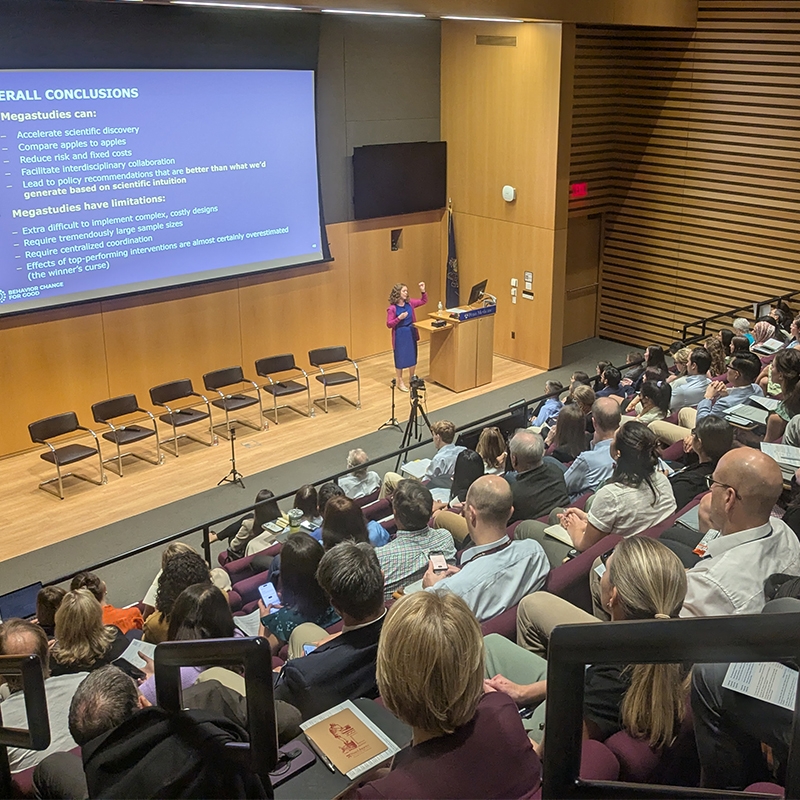
Homegrown AI-assisted solution drives faster, easier fax processing and consent collection
An artificial intelligence–powered system developed at Penn Medicine’s Center for Health Care Transformation and Innovation has tripled the speed of fax processing and cut a full week off the new-patient intake process, freeing up thousands of staff hours.

A PATH to hospital at home
An innovative Penn Medicine program, Practical Alternative to Hospitalization, showed the impact of offering certain patients acute care in the comfort of their homes instead of being admitted to the hospital. Learnings from the PATH program are informing a new Hospital at Home program launching in 2026.

Insights from the 2025 Nudges in Health Care Symposium
This year’s Nudges in Health Care Symposium, an event where clinical researchers and industry leaders exchange findings and perspectives on behavioral science in health care, explored “megastudies” that test multiple interventions simultaneously, AI integration in clinical settings, and experiments from across the globe.

Nudge Unit kicks off projects to enhance prior authorization and tobacco cessation pathways
The Nudge Unit is partnering with Penn Medicine teams to facilitate tobacco cessation treatment in primary care and to implement a better medication prior authorization workflow at discharge. The two projects, which will implement nudges via the electronic health record, were selected from Nudge’s 2025 call for proposals.

Meet the Penn people who fix problems with tech and ingenuity
Penn Medicine is harnessing technology, innovation, and physician insights to make health care easier for clinicians and patients. Read about leaders and projects from across the Center for Health Care Transformation and Innovation who are solving health care problems.